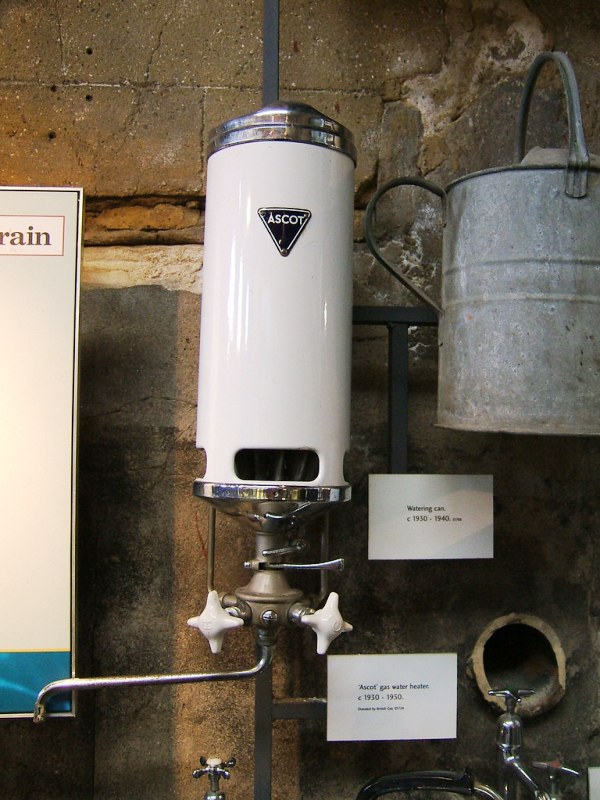If you’re considering installing a gas heater in your home, you’re in for a warm and cozy treat. But before you can enjoy the toasty comfort of a gas heater, there are a few essential steps you need to follow. In this guide, we’ll walk you through the process of gas heater installation from start to finish.
Getting Started
1. Assessing Your Needs
The first step in installing a gas heater is to assess your heating needs. Consider the size of the space you want to heat and your specific requirements. This will help you determine the type and size of gas heater that’s right for you.
2. Choosing the Right Location
Selecting the ideal location for your gas heater is crucial. It should be a well-ventilated area with proper gas and electrical connections. Safety is paramount, so consult a professional if you’re unsure about the location.
Equipment and Materials
3. Gathering the Necessary Tools
Before you start the installation process, gather the tools and materials you’ll need. These may include a gas line, pipe wrench, pipe thread sealant, and a gas shut-off valve.
4. Sizing the Gas Line
Properly sizing the gas line is essential to ensure the gas heater operates efficiently. Consult a gas expert to determine the correct size of the gas line for your heater.
Installation Process
5. Installing the Gas Heater
Carefully follow the manufacturer’s instructions to install the gas heater. Make sure it’s securely fastened and connected to the gas and electrical supply. If you’re unsure, it’s best to hire a professional for this step.
6. Ventilation and Safety
Gas heaters emit exhaust gases that need proper ventilation. Ensure there’s an exhaust vent installed to safely remove combustion byproducts. Carbon monoxide detectors are also a must for added safety.
Testing and Commissioning

7. Testing the System
Before you can enjoy the warmth of your new gas heater, test the system to ensure it’s working correctly. Ignite the heater and check for any gas leaks or unusual sounds. If you’re not confident in your testing abilities, hire a technician.
8. Commissioning the Heater
Commissioning involves a series of final checks to guarantee the gas heater’s optimal performance. This step may involve adjusting the settings and fine-tuning the system for maximum efficiency.
Maintenance and Care
9. Regular Maintenance
To keep your gas heater in top shape, perform regular maintenance. Clean or replace filters, check for gas leaks, and schedule professional inspections to prevent any issues.
10. Efficiency Tips
To maximize the efficiency of your gas heater, consider upgrading to a programmable thermostat and sealing any drafts in your home. These small changes can lead to significant energy savings.
In conclusion, the installation of a gas heater offers both comfort and efficiency during cold months. A well-installed gas heater ensures warmth and coziness in your home. Gas heaters are known for their speed in heating and maintaining a consistent temperature, leading to energy cost savings. They are environmentally friendly, emitting fewer greenhouse gases. Safety is a top priority with proper installation, maintenance, and carbon monoxide detectors. A programmable thermostat can enhance efficiency and comfort, while sealing drafts and regular maintenance will optimize performance. Whether a DIY project or professional installation, a gas heater creates a cozy, efficient, and safe home environment for all seasons.
Curiosity Links:
- While discussing gas heater installation, we mention the importance of carbon monoxide detectors. Learn more about the importance of carbon monoxide detectors in this informative article.
- To maximize the efficiency of your gas heater, upgrading to a programmable thermostat is a smart move. Discover the benefits of programmable thermostats in this article.

